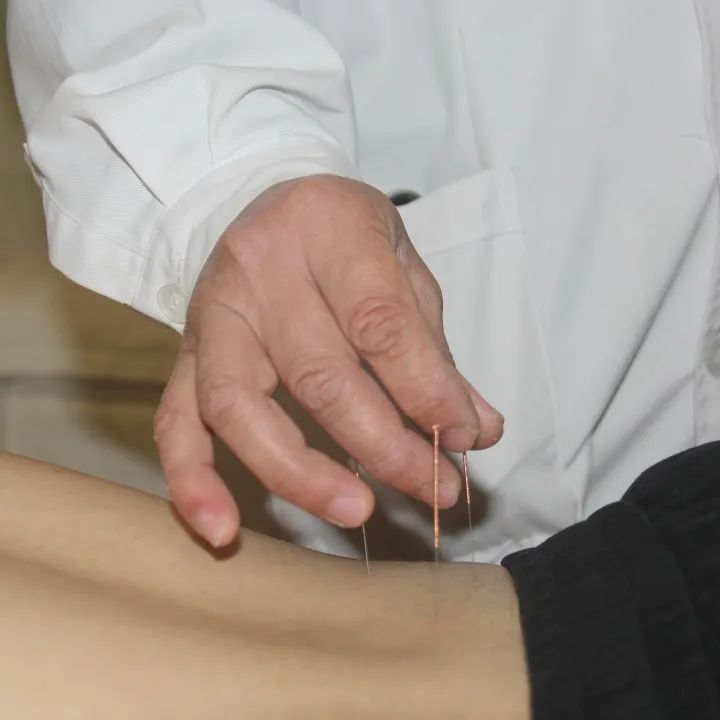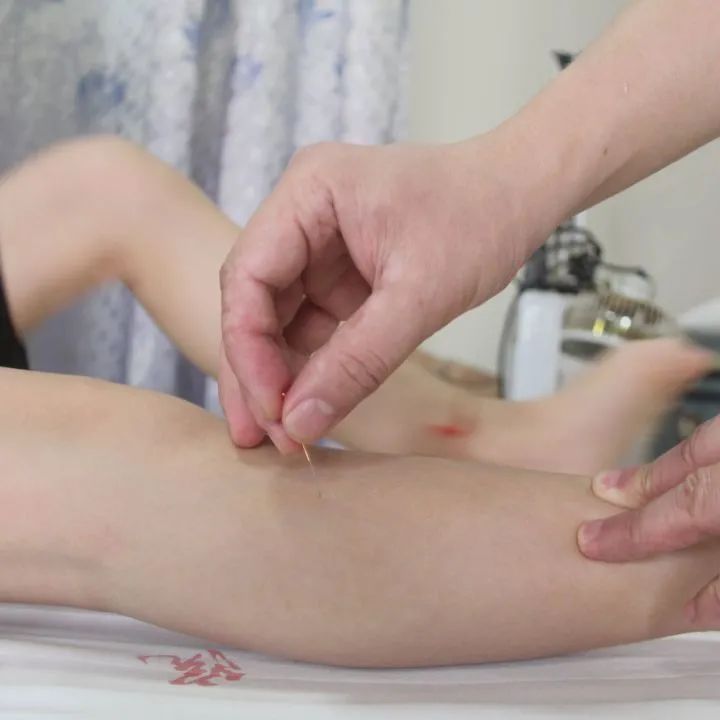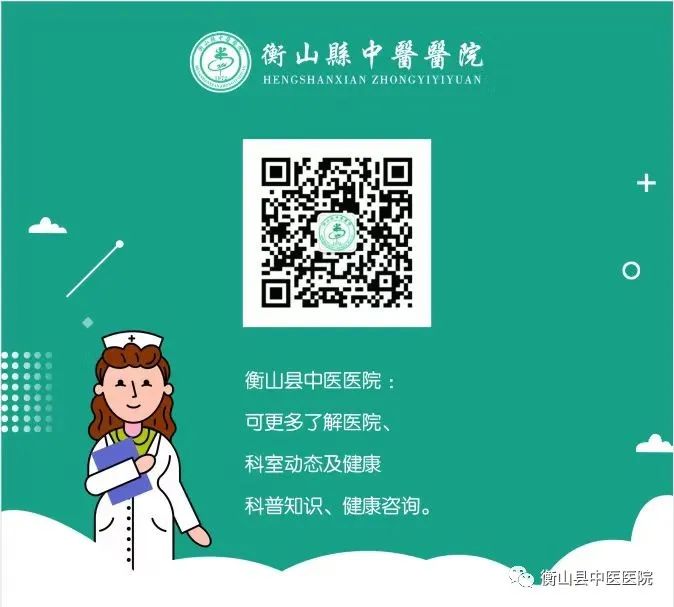Acupuncture Therapy was first documented in the Warring States period in the book “Huangdi Neijing” (The Yellow Emperor’s Classic of Internal Medicine). The text states: “Cold accumulation leads to disease, and the treatment should involve moxibustion,” referring to the practice of moxibustion. For over two thousand years, acupuncture has been popular in China and has spread worldwide.
NO.1
What is Acupuncture?
Acupuncture is a collective term for the techniques of acupuncture and moxibustion. Acupuncture refers to the insertion of needles (usually filiform needles) into specific points on the body at certain angles, guided by TCM theory, using techniques such as twisting and lifting to stimulate these points for therapeutic purposes. Moxibustion involves rolling mugwort (艾绒, ài róng) into sticks or cones, igniting them to warm the skin over acupuncture points, thereby promoting the flow of qi and blood.
NO.2
The Functions of Acupuncture
Unblocking Meridians:
It allows blocked meridians to become smooth, thus restoring their normal physiological functions. In TCM, it is said that “meridians belong to the organs internally and to the limbs externally,” with their primary function being the circulation of qi and blood. When meridians are obstructed, qi and blood cannot flow, leading to symptoms such as pain, numbness, swelling, and bruising.
Balancing Yin and Yang:
The ultimate goal of acupuncture is to restore the body’s balance from a state of yin-yang disharmony. Generally, the mechanisms of disease are complex and varied, but they can all be attributed to an imbalance of yin and yang.
Supporting the Body’s Vital Energy and Expelling Pathogenic Factors:
Acupuncture can also support the body’s vital energy (正气, zhèng qì) and expel pathogenic factors. The process of disease onset to recovery is essentially a struggle between the body’s righteous qi and the pathogenic factors.

NO.3
Does Acupuncture Hurt?
When needles are inserted into acupuncture points, patients typically experience sensations of soreness, numbness, distension, or heaviness, which are difficult to describe. Some patients find it a pleasant pain, while others perceive it as painful.
▨The pain level during needling primarily depends on the practitioner’s technique and the location of the acupuncture point. Different areas of the body have varying sensitivity; generally, the face and feet are more sensitive than other areas, resulting in a stronger sensation of pain.
▨Moreover, different acupuncture points can elicit different pain sensations. After needling, patients may feel soreness, numbness, distension, and pain. For example, needling the Hegu (合谷, Hegu) point may produce a more pronounced pain sensation accompanied by soreness and numbness, while needling the Zusanli (足三里, Zusanli) point may result in less pain but more noticeable soreness and numbness. In contrast, needling emergency points like Yongquan (涌泉, Yongquan) can cause a strong stimulation and significant pain, serving a feedback mechanism often used in emergencies, such as in cases of shock to quickly restore consciousness.

NO.4
Indications for Acupuncture Treatment
Acupuncture has a wide range of indications and can be used for the treatment and prevention of various diseases in internal medicine, surgery, gynecology, pediatrics, and otorhinolaryngology:
1.All types of pain-related diseases
Such as low back pain, cervical spondylosis, shoulder periarthritis, tennis elbow, sciatica, arthritis, etc. Acupuncture effectively treats pain by unblocking meridians and expelling pathogenic factors.
2.Good therapeutic effects on neurological disorders
Such as headaches, migraines, cerebral infarction, cerebral hemorrhage, facial paralysis, facial nerve palsy, limb numbness, muscle atrophy, etc.
3. Treatment of some functional disorders
Such as insomnia, anxiety, depression, and menstrual irregularities in women.
Reminder: Due to individual differences in constitution and symptoms, please seek treatment only after a professional diagnosis by a qualified physician!
Introduction to the Specialty Diagnosis and Treatment Center of Hengshan Traditional Chinese Medicine Hospital: Expected to open in June, located on the second floor of the outpatient department, offering acupuncture, tuina (推拿, tuīná), point injection, bloodletting at acupuncture points, thread embedding at acupuncture points, topical application at acupuncture points, moxibustion, cupping, guasha therapy, medium and low-frequency physiotherapy, infrared therapy, and various rehabilitation projects, treating various internal, external, gynecological, pediatric, and orthopedic diseases, especially skilled in treating cervical spondylosis, lumbar disc herniation, sciatica, facial paralysis, rheumatoid arthritis, shoulder periarthritis, post-stroke sequelae, gastrointestinal diseases, pediatric malnutrition, male infertility, and female menstrual irregularities.
Consultation phone:0734-5900069
–END-Editor: Yang FenInitial Review: Acupuncture and Tuina DepartmentFinal Review: Zeng Yongheng

